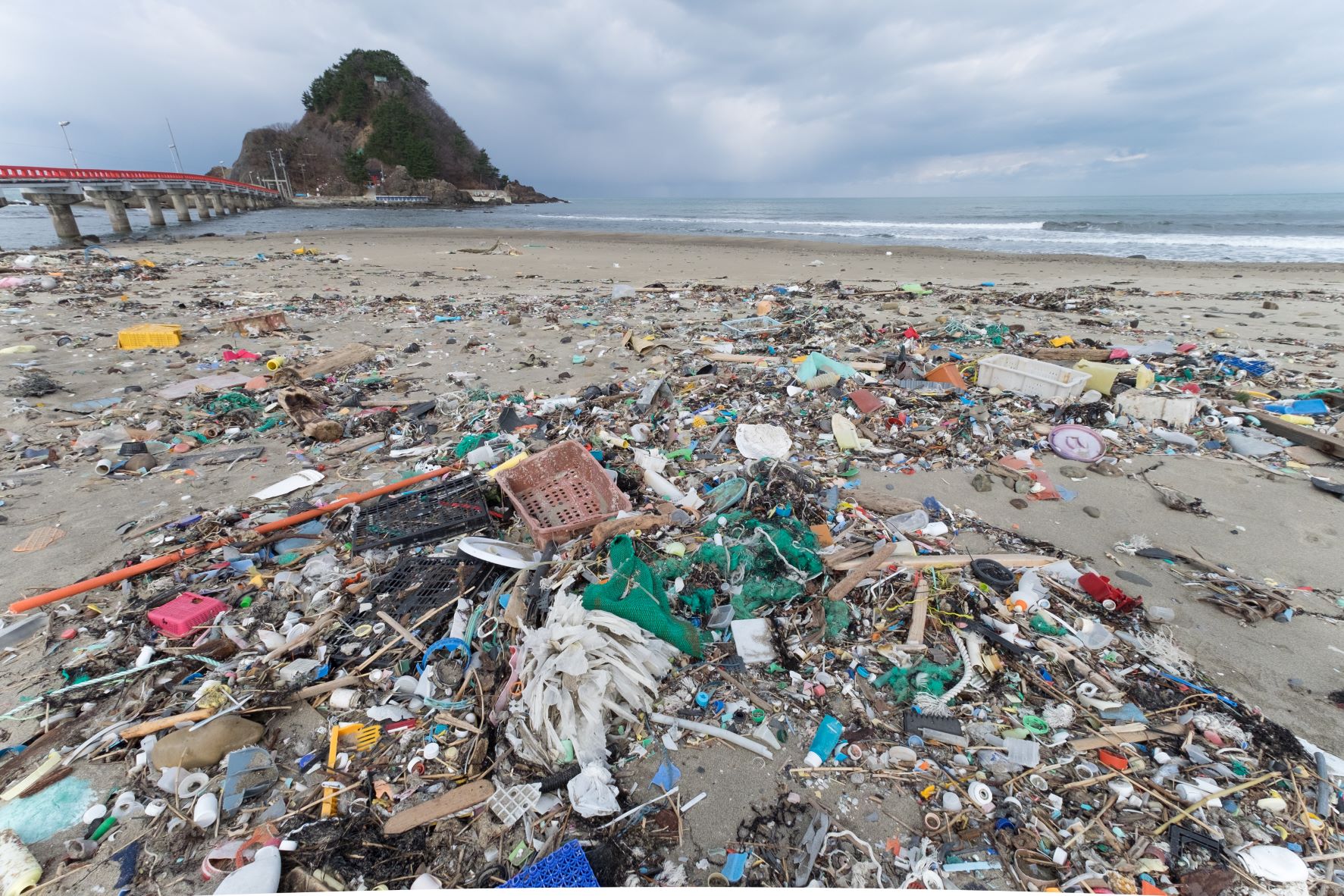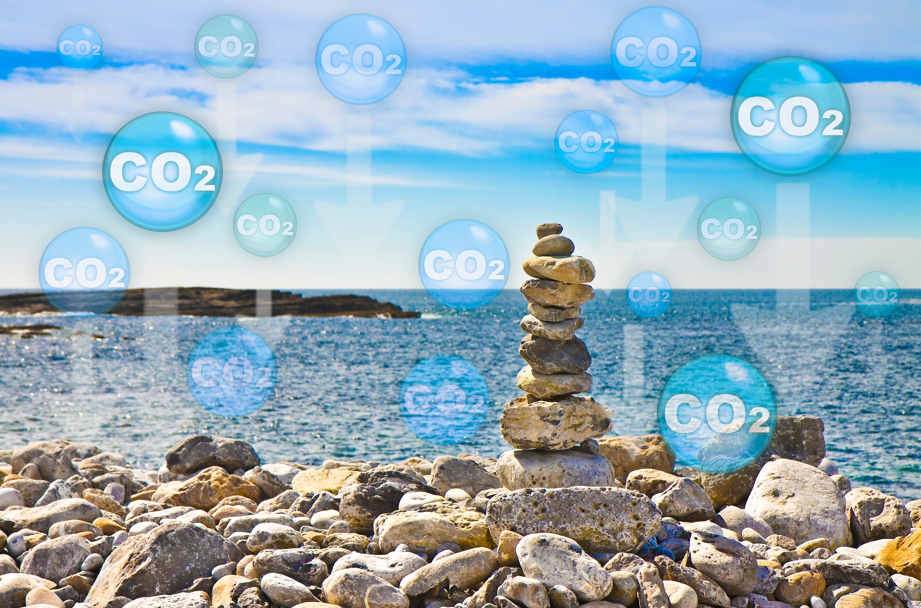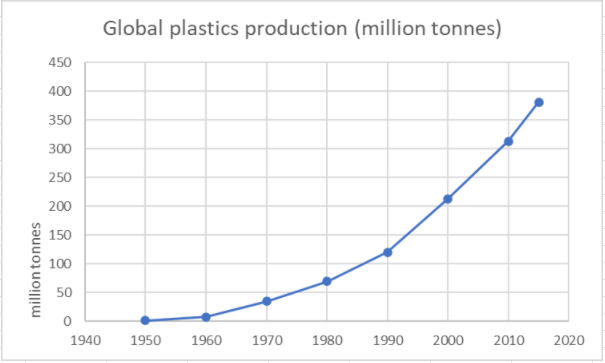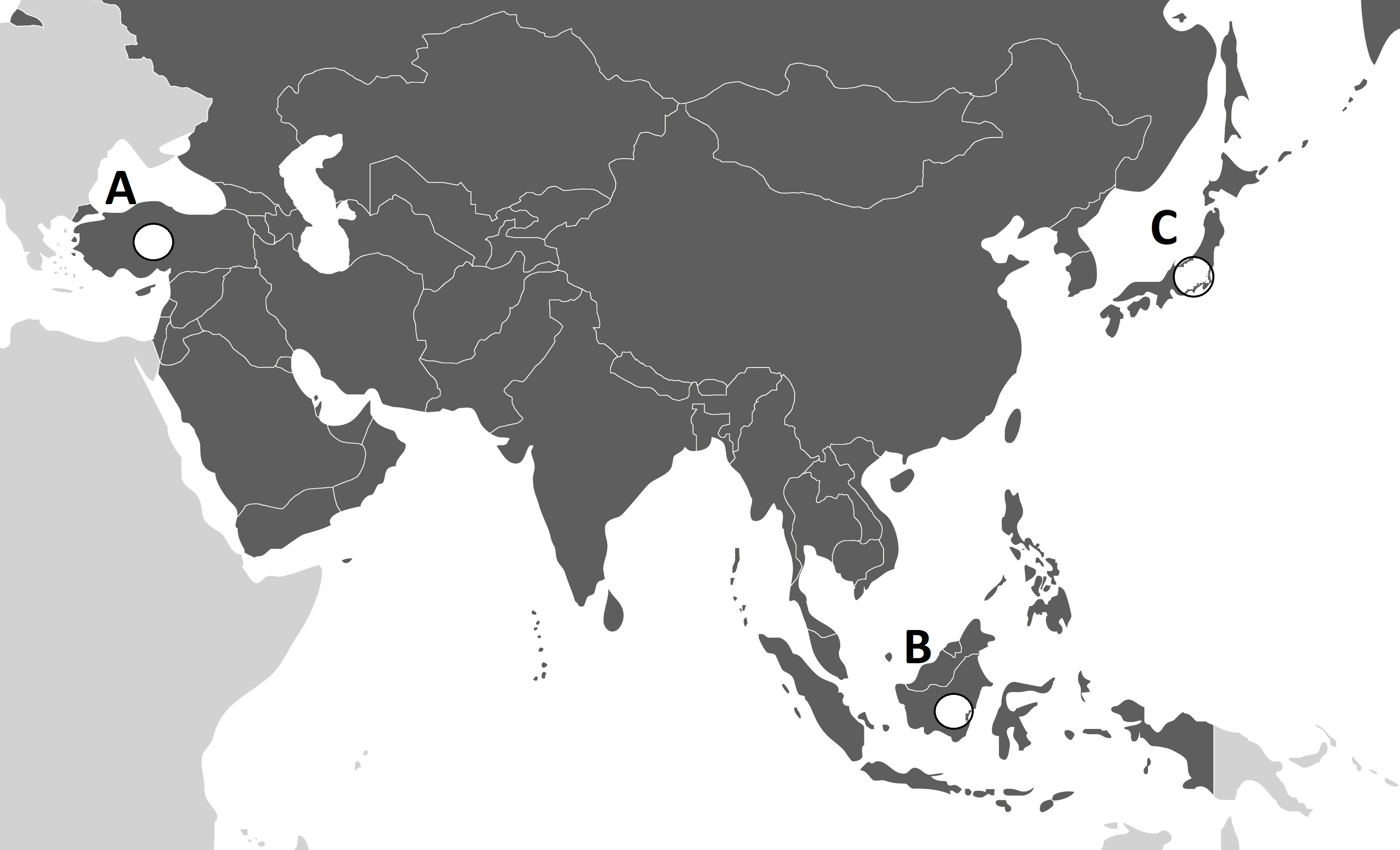
Today’s GOALS
Let’s have a look at the goals for today.
“Life Below Water” is the topic of this unit.
“Life Below Water” is the topic of this unit.
Today’s Goals
■ Learn the vocabulary and expressions related to the ocean and marine resources.
■ Get to know and share your thoughts on the countries facing ocean and marine resource issues.
■ Give a presentation related to ocean and marine resource issues.
■ Learn the vocabulary and expressions related to the ocean and marine resources.
■ Get to know and share your thoughts on the countries facing ocean and marine resource issues.
■ Give a presentation related to ocean and marine resource issues.
Part A Self-Introduction
自己紹介をする

Part A_1 Self-Introduction
Let’s introduce ourselves to each other.
My name is ________. What is your name?
Part A_2 Self-Introduction
I am ________. Nice to meet you.


Part A_3 Self-Introduction
Nice to meet you too, ________. Let’s get started.
Part B Review
前回のレッスンの復習
Review of the previous lesson

Part B_1 Review
Please read aloud the passage below.
Part B_2 Review
The Effects of Climate Change
Human activities have been the primary cause of climate change since the 1800s. Climate change is now causing severe droughts, water scarcity, devastating fires, rising sea levels, flooding, melting polar ice, catastrophic storms, and declining biodiversity.


Part B_3 Review
I will ask the following questions. Please answer based on the passage.

Part B_4 Review
| 1. | What are the effects of climate change? |
Part B_5 Review
| The effects of climate change are _______________. |


Part B_6 Review
| 2. | Did you do your research on the sub-textbook? Did you find an activity to solve climate action issues? Please tell me what the organization/association does and how you feel about it. |
Part B_7 Review


Part B_8 Review
Now, let’s review your answers.
Part B_9 Review


Part B_10 Review
So far, we have reviewed the previous lesson topic, “Climate Change”. Do you have any questions?
In the next part, we are going to learn about “Life Below Water”.
In the next part, we are going to learn about “Life Below Water”.
Part C Description
描写問題 他国を知る
Get to know other countries’ situations

Part C_1 Description
Find out where Indonesia is located.
| 1. | Where is Indonesia? A, B or C? |
Part C_2 Description
| The answer is _________. |


Part C_3 Description
Please look at and study the pictures below. These are pictures from Japan and Indonesia. I will ask you a question.
(Give the student at least 20 seconds to study both pictures.)

Part C_4 Description
| 2. | What can you see in the pictures? Please describe as many as you can from each picture. |
 |
 |
Part C_5 Description
| Answer: |


Part C_6 Description
Now, let’s review your answers.
Part C_7 Description


Part C_8 Description
Did you get any images of the impact on the ocean ecosystem and marine plastic pollution? If you have anything you don’t know well, please keep researching after the lesson.
Part D Vocabulary
英単語の意味と発音を確認する
Learn the vocabulary and phrases related to the topic

Part D_1 Vocabulary
We’ll read aloud the words and sample sentences below. Please repeat after me. I will check your pronunciation.
Part D_2 Vocabulary

|
carbon dioxide 二酸化炭素
The increased use of natural gas will help in the reduction of carbon dioxide emissions.
|

|
radiation 放射物
The radiation leak has had a significant environmental impact.
|

|
acidification 酸性化
The entire world’s oceans are being affected by ocean acidification.
|

|
disrupt 崩壊させる
This morning’s commute into the city was disrupted by heavy snow.
|


Part D_3 Vocabulary
Now, let’s review some words from Part D_2.
(Please review the mispronounced words and expressions from Part D_2.)
Part D_4 Vocabulary


Part D_5 Vocabulary
Please look at the pictures below. Now, fill in the blanks with the words you learned and read aloud the complete sentences.
(Please give the student time to answer.)
Part D_6 Vocabulary
| 1. | The amount of __________________ in the atmosphere has suddenly increased. |
| 2. | Many nuclear workers suffered and got sick because of the _______________. |
| 3. | Ocean _______________ is called the “secret partner” of climate change by scientists. |
| 4. | Climate change could __________ industries that rely on natural forces. |


Part D_7 Vocabulary
Now, let’s review your answers.
Part D_8 Vocabulary


Part D_9 Vocabulary
Do you have any questions about the meaning of words?
Then, let’s move on to the next part.
Then, let’s move on to the next part.
Part E Reading
リーディング問題 passageを読んで知識を深める
Learn the facts about the topic and the countries that are related to it

Part E_1 Reading
Please read aloud the passages below. After that, I will ask the following questions. Please answer based on the passages.
Part E_2 Reading
Impact on the Ocean Ecosystem
Human-caused carbon emissions are driving ocean warming, acidification, and oxygen loss. Ocean acidification is occurring because the amount of carbon dioxide and greenhouse gases is so high. Increased ocean acidity can either harm or benefit individual plant and animal species in a variety of ways.
Consider a well-known and vital ecosystem: coral reefs. Corals are living organisms on which the entire ecosystem is dependent. Corals, like forests on land, build their hard, stony skeletons over many years. This is ideal for sea creatures such as oysters, clams, crabs, starfish, sea urchins, and many species of fish. Food webs will be disrupted if these lives are harmed, with humans at the top of the food chain.


Part E_3 Reading
| 1. | What is happening in the ocean according to the passage? |
Part E_4 Reading
| Answer: |

Part E_5 Reading
Marine Plastic Pollution
Every minute, one million plastic drinking bottles are purchased around the world, and up to 5 trillion single-use plastic bags are used annually. Plastic pollution endangers the health of marine species, food safety, human health, and coastal tourism, and it contributes to climate change. Seabirds, whales, fish, and turtles mistake plastic waste for prey, they die of starvation as their stomachs fill with plastic.

Furthermore, as a result of solar UV radiation and other natural factors, plastic degrades into small particles known as microplastics. Because of their small size, they are easily ingested by marine life. Microplastics have been discovered in tap water, salt, and all ocean samples collected around the world.


Part E_6 Reading
| 2. | According to the graph, since what year has the production of plastics increased dramatically? |
Part E_7 Reading
| Answer: |


Part E_8 Reading
Now, let’s review your answers.
Part E_9 Reading


Part E_10 Reading
Did you understand the situation and facts about the impact on the ocean ecosystem and marine plastic pollution? If you have any questions, please ask me.
Part F Presentation
プレゼンテーション
Share your ideas

Part F_1 Preparing
In this part, you will give a presentation about “Alternatives for Plastic Materials”. First, I will ask you some questions. The answers will be the key to your presentation.

Part F_2 Preparing
| Nowadays, “a reusable shopping bag” (in Japanese: my bag) is becoming popular to reduce the number of plastic bags, and there are a lot of things we do not need to use plastic for. Give two alternatives to plastic materials and explain each. |
Part F_3 Preparing
| 1. | |
| 2. |
(Please send the idea on the the chatbox as a record/hint for next step.)


Part F_4 Preparing
Then, let’s make a presentation. I will read the sample presentation, and I will give you 2 minutes to prepare.
Alternatives for Plastic Materials
| Opening | Good morning/ afternoon/ evening. Today, I’d like to talk about (theme). I’d like to talk about the two alternatives to plastic materials. |
| Body |
①(first idea) ②(second idea) |
Closing | These are the two alternatives to plastic materials. Thank you for listening. |

Part G_1 Presentation
Now, it’s your turn. You will give a presentation. After that, I will give feedback and ask a question. You will have 1-2 minutes to present.
Part G_2 Presentation
(Please start your presentation now.)
Alternatives for Plastic Materials
| Opening | Good morning/ afternoon/ evening. Today, I’d like to talk about (theme). I’d like to talk about the two alternatives to plastic materials. |
| Body | _____________________________________________ ① __________________________________________ ② __________________________________________ |
| Closing | _____________________________________________ |


Part G_3 Presentation
Thank you for your presentation. How was it? Now, I will tell you the good points of your presentation.
(Please give two positive comments about the student’s presentation.)

Part G_4 Presentation
Secondly, I will ask you a question about your presentation.
(Please ask one question about the student’s presentation.)
Part G_5 Presentation
| Answer: |


Part G_6 Presentation
Now, let’s review your answer.
(Please review your student’s answers by sending the correct answers in complete sentences. After that, ask your student to read aloud his or her corrected answers.)
Part G_7 Presentation


Part G_8 Presentation
Thank you for answering my question. Let us continue to learn and think about the impact on the ocean ecosystem and marine plastic pollution, and then take action to solve them.
(If you still have enough time, you can share the situation of life below water in your country.)
